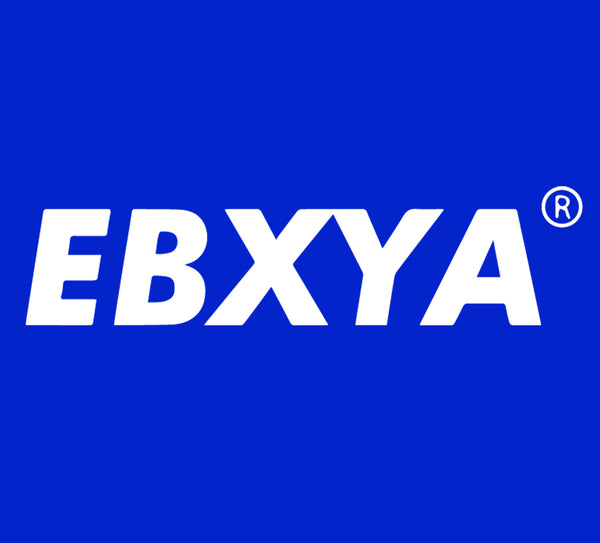
The Versatility of Audio Blocks with XLR Cables
Share
Audio blocks, also known as terminal blocks or barrier strips, are a versatile and efficient way to connect audio equipment. When paired with XLR cables, they offer a reliable and customizable solution for audio connections in a variety of settings.
1. What are Audio Blocks?
Audio blocks are terminal blocks that provide a secure connection point for audio cables. They consist of a series of terminals arranged in a block, with each terminal typically connected to a specific audio input or output. Audio blocks are commonly used in audio installations where multiple connections need to be made, such as in recording studios, live sound setups, and home audio systems.
2. Benefits of Using Audio Blocks with XLR Cables
-
Customization: Audio blocks allow for easy customization of audio connections. You can easily add or remove connections as needed, making them ideal for flexible audio setups.
-
Neat and Organized Setup: Audio blocks help keep cables neat and organized, reducing clutter and making it easier to trace and troubleshoot connections.
-
Secure Connections: Audio blocks provide a secure connection point for XLR cables, reducing the risk of cables coming loose or disconnecting during use.
-
Compatibility: Audio blocks are compatible with a wide range of audio equipment, making them a versatile solution for audio installations.
3. Setting Up Audio Blocks with XLR Cables
Setting up audio blocks with XLR cables is a straightforward process:
-
Mount the audio block in a secure location, such as on a rack or wall.
-
Connect the XLR cables to the terminals on the audio block, ensuring that each cable is connected to the correct terminal.
-
Use cable ties or clips to secure the XLR cables to the audio block, keeping them tidy and preventing them from coming loose.
-
Test the connections to ensure that audio is being routed correctly through the audio block and XLR cables.
4. Tips for Using Audio Blocks with XLR Cables
-
Label the terminals on the audio block to easily identify which cable is connected to each terminal.
-
Use high-quality XLR cables to ensure a reliable connection and minimize signal loss.
-
Regularly inspect the connections to ensure that cables are secure and free from damage.
-
Consider using color-coded cables or labels to further organize and identify connections.
5. Recommended Audio Blocks and XLR Cables
-
Neutrik NC3FD-LX-BAG XLR Connector: This high-quality XLR connector features a durable design and gold-plated contacts for optimal signal transfer.
-
Hosa DTP-803 XLR Snake: This XLR snake features eight XLR inputs and three XLR outputs, making it ideal for connecting multiple audio sources to an audio block.
In conclusion, audio blocks are a versatile and efficient way to connect audio equipment, and when paired with XLR cables, they offer a reliable and customizable solution for audio installations. By following the tips outlined in this guide, you can set up and use audio blocks with XLR cables effectively for a neat and organized audio setup.
